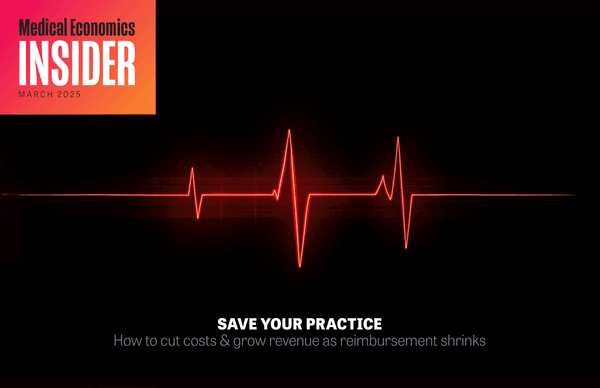
During his keynote address at the 2014 Healthcare Information and Management Systems Society conference, Aetna’s CEO Mark T. Bertolini calls for transformative healthcare change focused on wellness, aligned incentives, and a crackdown on wasteful spending.










